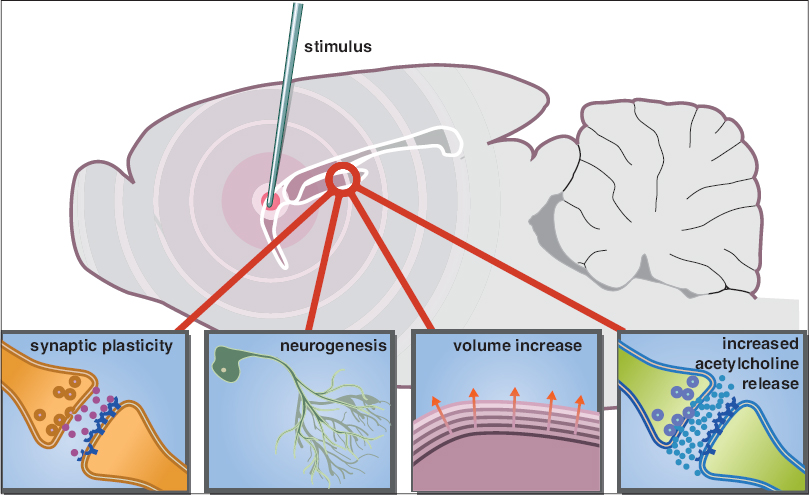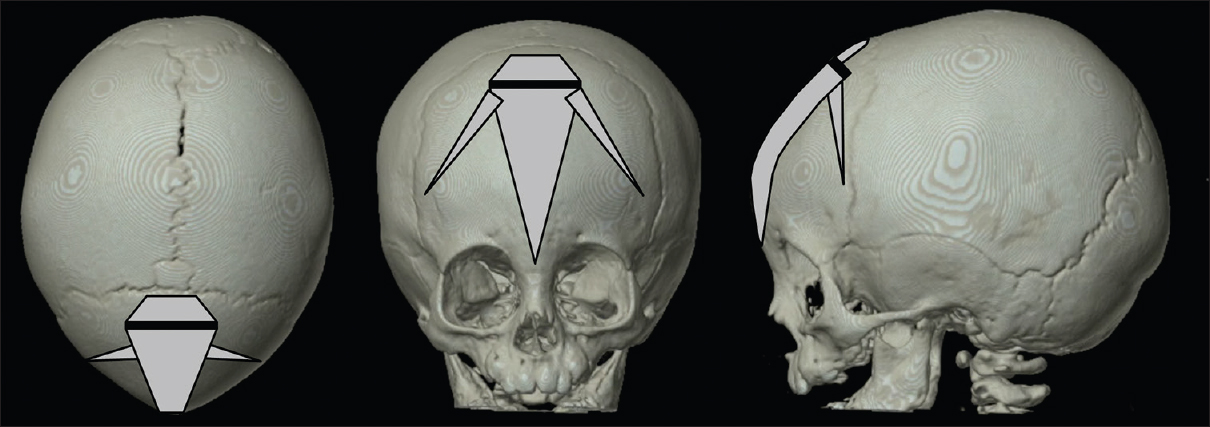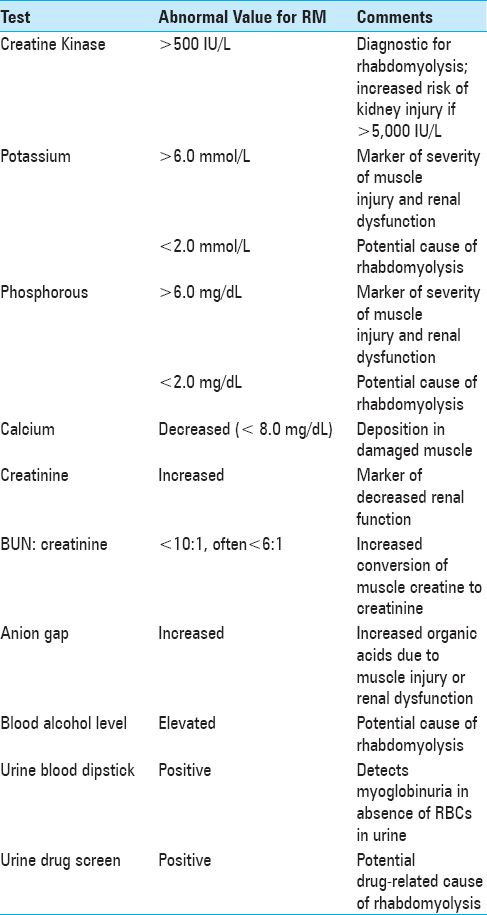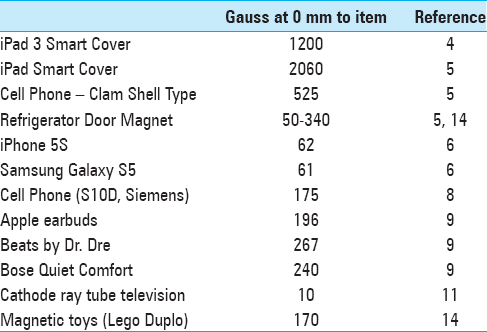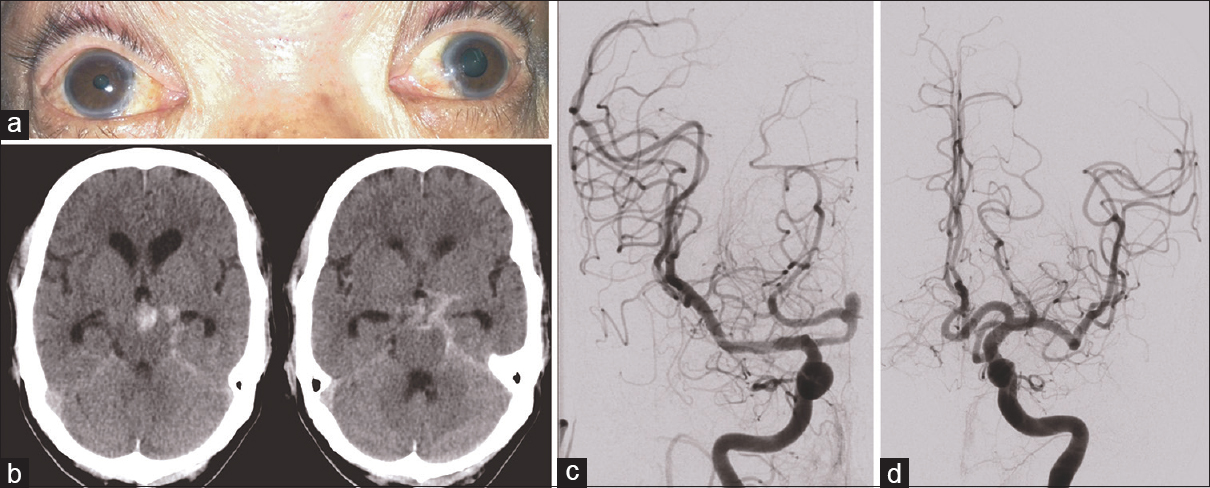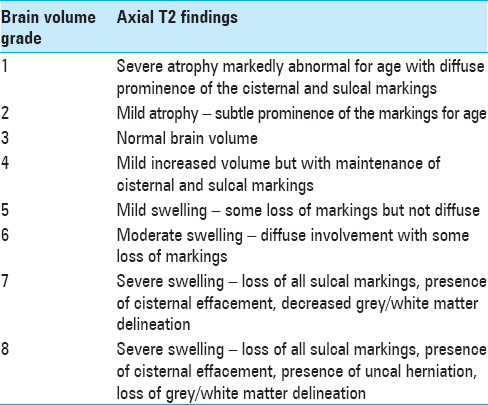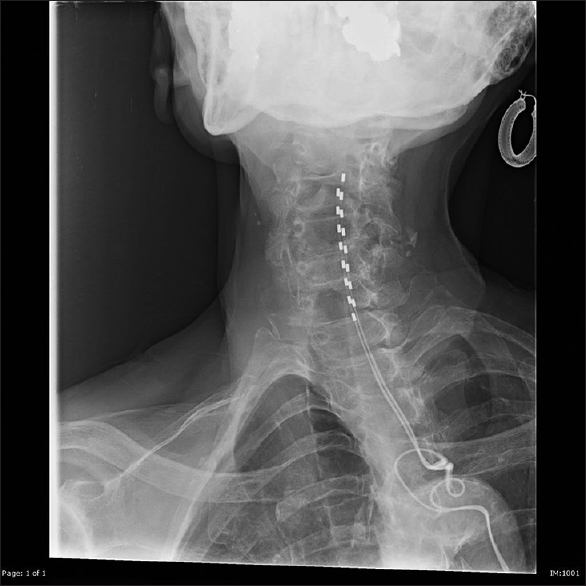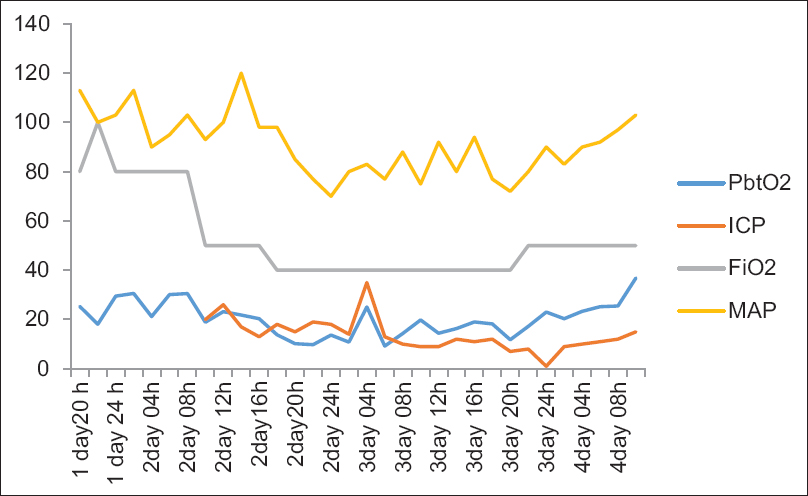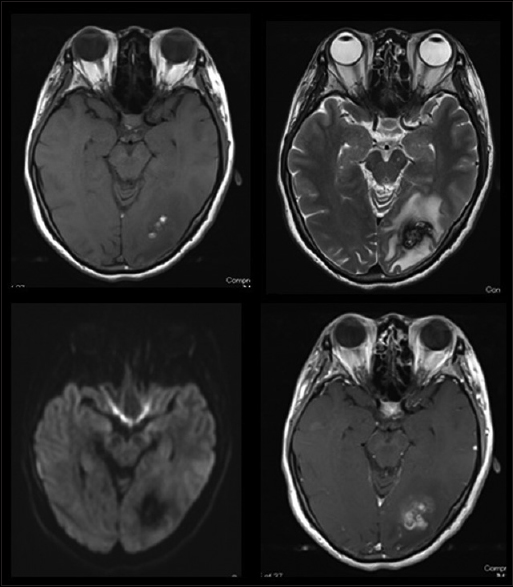Deep brain stimulation for Alzheimer's Disease: An update
Date of publication: 07-Mar-2018
Background:Dementia is among the leading causes of severe and long-term disability worldwide, decreasing the quality of life of individuals and families. Moreover, it induces an enormous economic burden on societies. The most prevalent cause of dementia is Alzheimer's disease (AD). Because current treatment options for AD are limited, deep brain stimulation (DBS) has been considered.
Endoscopy-assisted craniosynostosis surgery followed by helmet therapy
Date of publication: 07-Mar-2018
Background:Surgical methods to treat craniosynostosis have evolved from a simple strip craniectomy to a diverse spectrum of partial or complete cranial vault remodeling with excellent results but often with high comorbidity. Therefore, minimal invasive craniosynostosis surgery has been explored in the last few decades. The main goal of minimal invasive craniosynostosis surgery is to reduce the morbidity and invasiveness of classical surgical procedures, with equal long-term results, both functional as well as cosmetic.
Rhabdomyolysis following minimally invasive transforaminal lumbar interbody fusion: Case report
Date of publication: 01-Mar-2018
Background:Rhabdomyolysis results from the release of large quantities of muscle cell contents into plasma resulting in a classic triad of symptoms – muscle pain, weakness, and brown urine. Only a handful of rhabdomyolysis cases occurring after spinal surgery have been reported.
Maladjustment of programmable ventricular shunt valves by inadvertent exposure to a common hospital device
Date of publication: 01-Mar-2018
Background:Programmable ventricular shunt valves are commonly used to treat hydrocephalus. They can be adjusted to allow for varying amounts of cerebrospinal fluid (CSF) flow using an external magnetic programming device, and are susceptible to maladjustment from inadvertent exposure to magnetic fields.
Ruptured posterior cerebral artery aneurysm presenting with a contralateral cranial nerve III palsy: A case report
Date of publication: 01-Mar-2018
Background:Posterior cerebral artery aneurysms can frequently present with an ipsilateral cranial nerve III palsy.
Noninvasive measures of brain edema predict outcome in pediatric cerebral malaria
Date of publication: 01-Mar-2018
Background:Increased brain volume (BV) and subsequent herniation are strongly associated with death in pediatric cerebral malaria (PCM), a leading killer of children in developing countries. Accurate noninvasive measures of BV are needed for optimal clinical trial design. Our objectives were to examine the performance of six different magnetic resonance imaging (MRI) BV quantification measures for predicting mortality in PCM and to review the advantages and disadvantages of each method.
Treatment of glenohumeral arthritis pain utilizing spinal cord stimulation
Date of publication: 01-Mar-2018
Background:Dorsal column stimulation may be utilized to treat non-neuropathic pain attributed to glenohumeral arthritis.
PbtO2 monitoring in normobaric hyperoxia targeted therapy in acute subarachnoidal hemorrhage
Date of publication: 23-Feb-2018
Background:Low brain tissue oxygen tension (PbtO2), or brain hypoxia, is an independent predictor of poor outcome. Increasing inspirational fraction of oxygen could have a significant influence on treating lower PbtO2. Combined PbtO2 therapy, compared to the approach that focus only on regulation of cerebral perfusion pressure and intracranial pressure, shows better patient outcomes. Monitoring of PbtO2 could be helpful in individualizing treatment, preventing or limiting secondary brain injury, and maintaining better patient outcome.
A case of a mobile choroid plexus cyst presenting with different types of obstructive hydrocephalus
Date of publication: 23-Feb-2018
Background:Although it is well known that most choroid plexus cysts (CPCs) are asymptomatic, previous studies have reported that they can infrequently cause progressive hydrocephalus along with their increasing sizes. Among those cases, some patients needed cyst fenestration or cerebrospinal fluid (CSF) diversion to recover neurological deterioration. Meanwhile, some CPCs revealed spontaneous resolution, and in rare cases, they developed re-accumulation. Some reports have described series of radiological findings about their changes in location.
False-positive inflammatory change mimicking glioblastoma multiforme under 5-aminolevulinic acid-guided surgery: A case report
Date of publication: 23-Feb-2018
Background:5-aminolevulinic acid (5-ALA)–guided surgery is one of the gold standard perioperative modalities for maximum resection of malignant gliomas. However, it should be noted that 5-ALA fluorescence does not definitively indicate the presence of malignant tumor cells.


